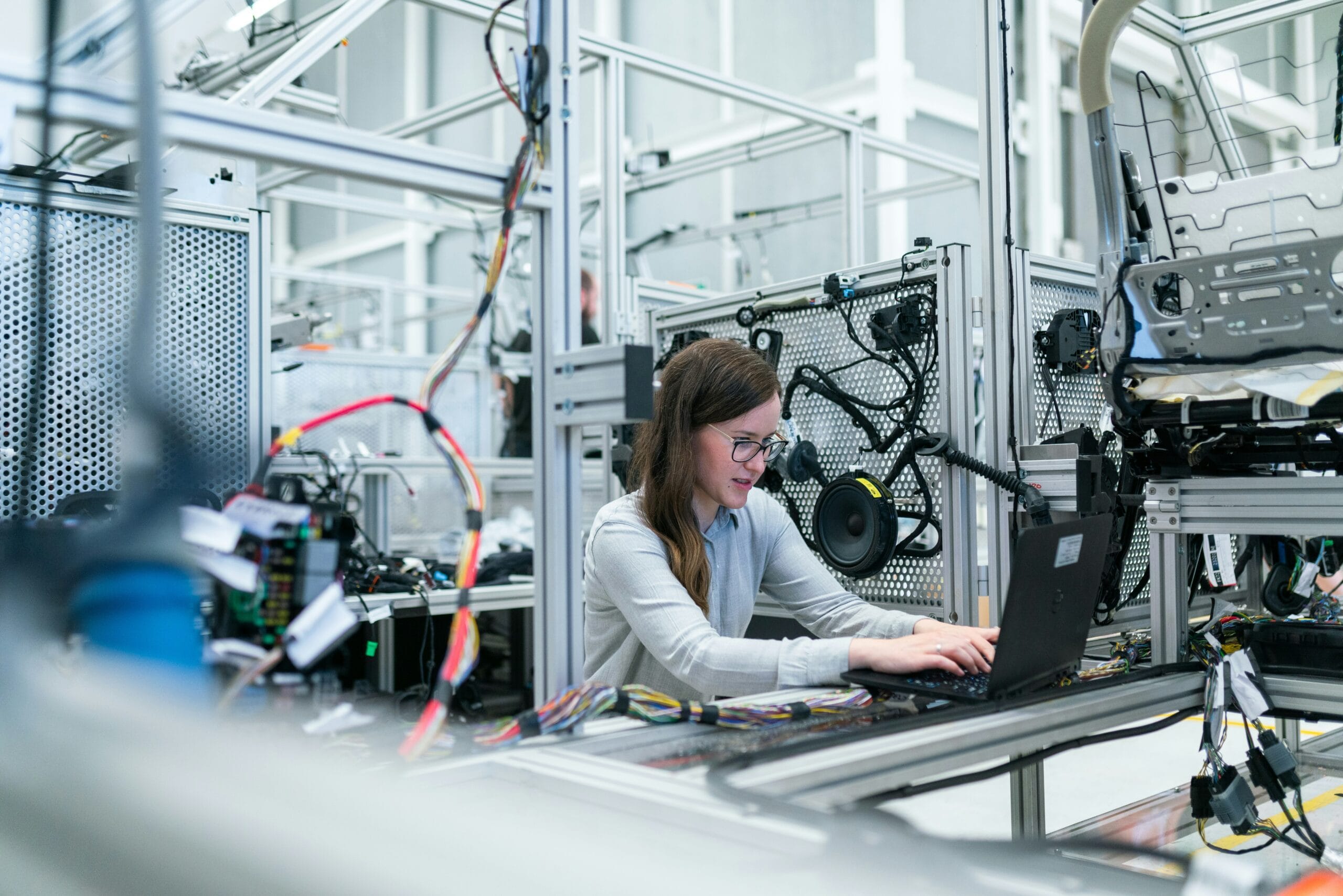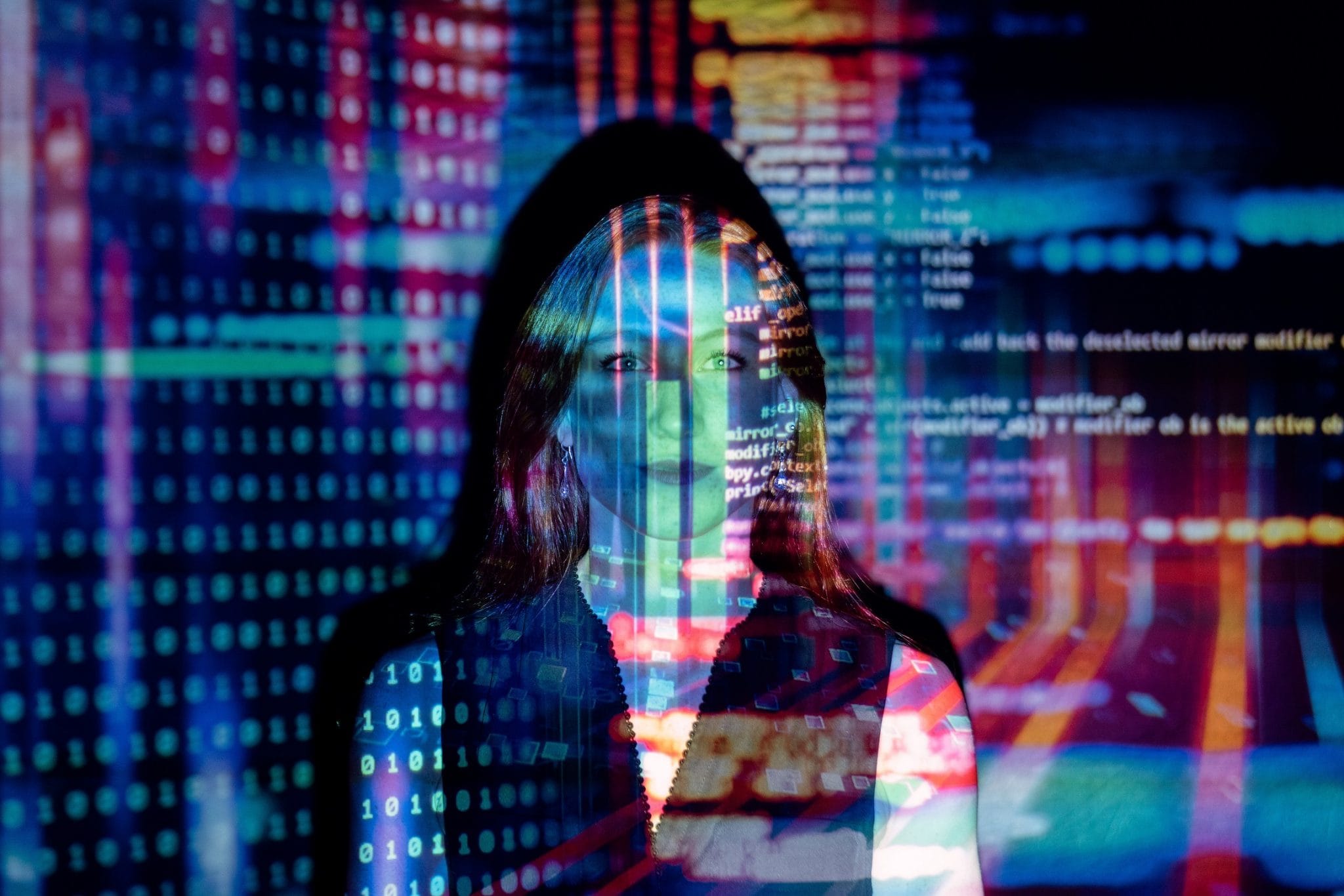Revolutionize Authentication: Liveness Detection Software For Fintech Apps

Are you tired of the constant threat of identity theft and online fraud? In today’s digital environment, protecting online transactions is essential as cybercriminals are becoming more advanced. A staggering $206 billion is expected to be lost to online payment fraud by 2025, according to Juniper Research. This highlights the immediate necessity for strong security protocols.
Liveness detection software emerges as a powerful tool to revolutionize authentication in fintech apps. This solution uses advanced technologies like artificial intelligence and machine learning to effectively tell the difference between real people and fake digital versions. This guarantees that only authorized users have access to financial services, greatly lowering the chances of fraud and identity theft.
This blog will explore the concept of liveness detection and its applications in the fintech industry, highlighting its importance in enhancing security, preventing fraud, and improving user experience.
What Is Face Liveness Detection, And Why Is It Important?
Face Liveness Detection is a technology that determines whether a person is alive and present when interacting with a device or system. It uses various techniques, such as analyzing facial movements, eye blinking, and head rotation, to differentiate between a natural person and a photo, video, or mask.
It is essential to preserve the security and integrity of digital interactions by protecting against spoofing attacks. This technology is crucial for enhancing security in various applications, including:
Banking and Finance
Preventing fraudulent transactions and identity theft.
Access Control
Ensuring authorized access to secure facilities.
Online Identity Verification
Verifying the identity of individuals for remote services.
Mobile Device Security
Protecting personal data and preventing unauthorized access.
The Fundamental Process of 3D Liveness Detection
3D Liveness Detection is an advanced technology used to verify the genuine identity of a user by examining their facial characteristics in three dimensions. This procedure consists of several important steps:
Face Capture
A high-resolution 3D image or video of the user’s face is captured using specialized cameras or depth sensors.
Feature Extraction
The system identifies important facial characteristics such as the contours of the nose, the form of the eyes, the structure of the lips, and the outline of the cheekbones.
Liveness Analysis
The system analyzes the captured data for real-time changes, such as subtle facial expressions, eye blinks, and head movements.
Spoof Detection
The system checks for signs of potential spoofing attempts, like photos, videos, or masks, by comparing the captured data with known spoofing techniques.
Decision Making
Based on the analysis, the system determines whether the user is a live person or a spoof attempt.
Document Liveness Detection
Document liveness detection is an advanced technology that verifies the authenticity of identity documents in digital processes. This technology effectively distinguishes between genuine documents and sophisticated forgeries by examining various physical and security features.
This technology is crucial for combating identity theft and guaranteeing safe online transactions. By verifying the authenticity of documents, businesses, and institutions can reduce risks and improve the overall safety of their digital operations.
Liveness Detection in Fintech Applications
Liveness detection software is a powerful tool that significantly enhances fintech applications’ security and reliability. By verifying the authenticity of users, it offers a range of benefits:
Enhanced Protection
It enhances security measures by protecting against identity theft and unauthorized account access.
Decreased Fraud Probability
It diminishes the chances of fraudulent actions, such as account takeovers and unauthorized transactions.
Enhanced Customer Experience
It simplifies the onboarding process and offers a smooth user experience.
Regulatory Compliance
It helps fintech companies comply with stringent regulatory requirements for customer identification and verification.
Increased Trust and Confidence
It builds trust and confidence among customers by ensuring the authenticity of digital interactions.
Challenges and Considerations When Adopting Liveness Detection Software
Utilizing liveness detection software provides notable benefits, but it comes with its own set of challenges. It is crucial to design an intuitive and efficient experience since complex or lengthy procedures may discourage users. Furthermore, the precision of liveness detection algorithms is vital to avoid false positives and false negatives.
To address privacy concerns, robust security protocols must be implemented to protect biometric data. Additionally, the rise of deepfake detection has become critical in combating advanced spoofing methods that leverage synthetic media to mimic real users. Keeping up with these evolving threats necessitates ongoing research and innovation. By thoughtfully evaluating these aspects, including integrating deepfake detection technologies, organizations can effectively implement liveness detection software to improve both security and user experience.
The Evolution of Liveness Detection in Fintech
The prospects for liveness detection in the fintech sector are promising. With ongoing technological advancements, we anticipate increasingly refined and user-friendly solutions. A notable development is the integration of artificial intelligence and machine learning to enhance accuracy and efficiency.
Additionally, the rise of biometric modalities beyond facial recognition, such as voice and fingerprint analysis, will provide additional layers of security. Furthermore, the increasing adoption of mobile devices will drive the development of mobile-first liveness detection solutions. By adopting these new trends, fintech firms can enhance security, facilitate user experience, and remain competitive in the continuously changing digital space.




